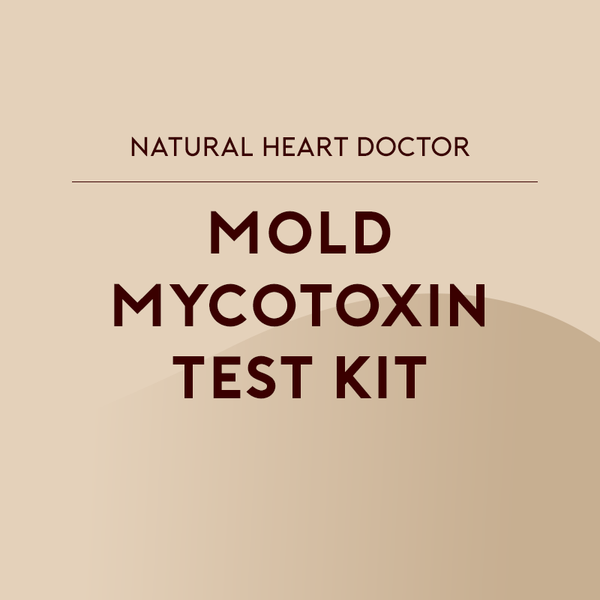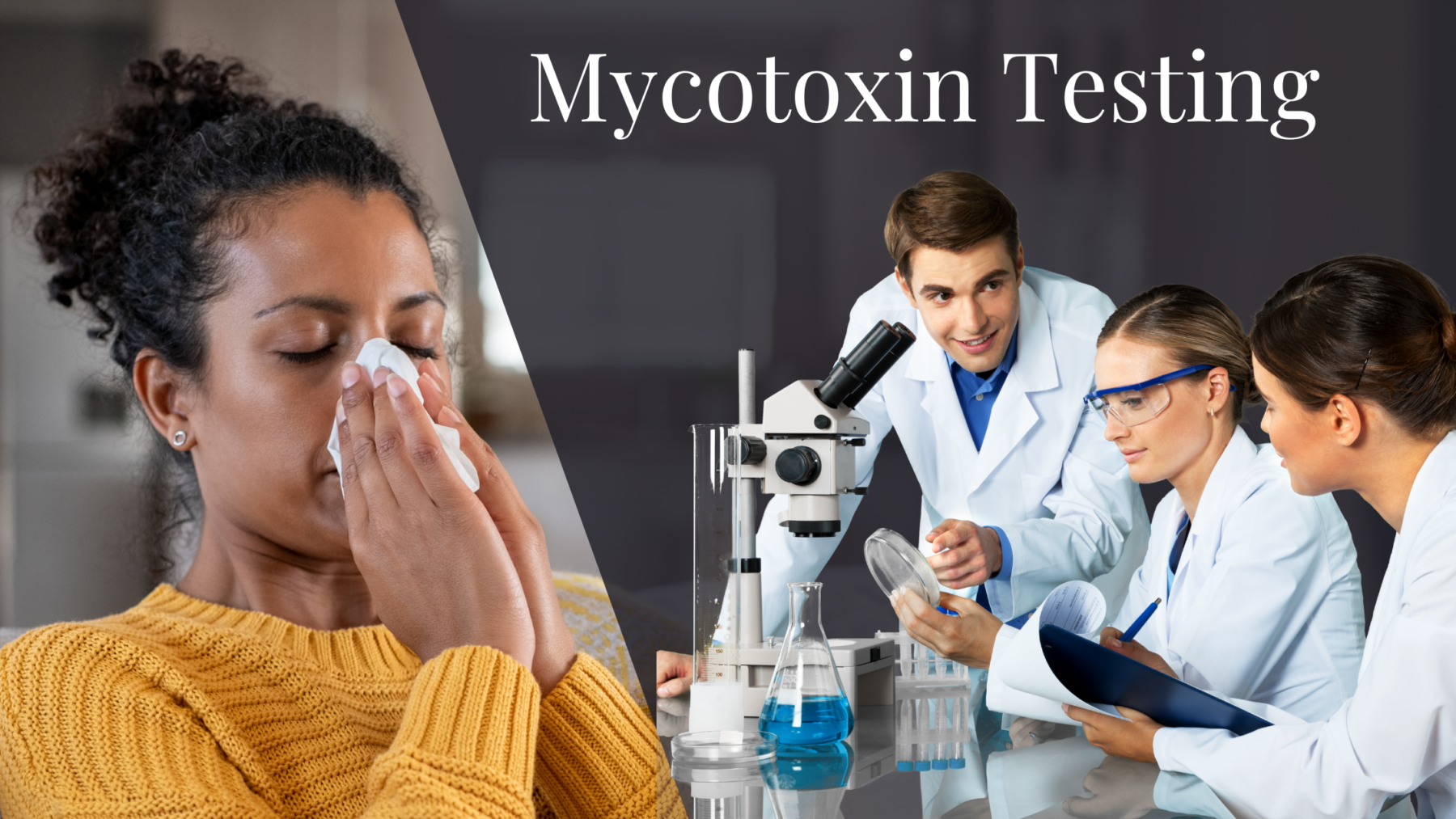Comprehensive Solutions for Your Mycotoxin testing Services Demands
Comprehensive Solutions for Your Mycotoxin testing Services Demands
Blog Article
Just How Mycotoxin Screening Helps Prevent Contamination and Protect Food Materials

Mycotoxin testing is an indispensable technique in the food sector, working as a frontline defense versus contamination by dangerous toxic substances created by molds. Via the application of advanced methods like High-Performance Fluid Chromatography (HPLC) and Fluid Chromatography-Mass Spectrometry (LC-MS), food producers can accurately measure and detect mycotoxin degrees in agricultural products. This aggressive technique not only guarantees conformity with rigid security regulations yet additionally alleviates health and wellness dangers to customers. Normal screening fortifies brand name track record and economic wellness by decreasing contamination-related cases. So, exactly how specifically do these testing procedures incorporate into the more comprehensive food security approach?
Comprehending Mycotoxins
Comprehending mycotoxins starts with acknowledging that they are hazardous additional metabolites created by specific mold and mildews, which can pollute farming products. These metabolites are not vital for the growth or reproduction of the fungi but can have severe implications for human and animal wellness. Mycotoxins are commonly located in staple plants such as corn, wheat, barley, and nuts, where they can multiply under details problems of dampness and temperature level.
There are numerous kinds of mycotoxins, each produced by various fungal varieties. Aflatoxins, generated by Aspergillus varieties, are amongst the most infamous, known for their cancer causing homes. An additional substantial group consists of ochratoxins, generated by Aspergillus and Penicillium species, which have nephrotoxic impacts. Fusarium types generate fumonisins and trichothecenes, both of which are related to various severe and persistent wellness problems.

Dangers of Mycotoxin Contamination
The dangers of mycotoxin contamination are diverse, positioning significant threats to both food safety and security and public wellness. Mycotoxins, hazardous compounds generated by particular sorts of fungi, can infect a large range of farming items including grains, nuts, flavors, dried fruits, and coffee. As soon as these toxic substances infiltrate the food supply, they can lead to significant health and wellness issues such as liver damages, kidney failure, and also cancer cells. Susceptible populaces, consisting of children, the senior, and immunocompromised individuals, are specifically at danger.
Financial impacts are an additional major problem. Infected crops can lead to substantial monetary losses for farmers and food manufacturers because of reduced returns and the need for expensive purification steps. Worldwide profession can be considerably impeded as countries enforce rigorous mycotoxin laws to safeguard their populations, leading to rejected shipments and strained trade relationships.
Environmental factors such as climate modification aggravate the threat of mycotoxin contamination. Variants in temperature and humidity can create positive problems for fungal development, boosting the chance of contamination occasions. Hence, understanding and minimizing these threats are essential for guaranteeing the security and stability of worldwide food materials.
Techniques of Mycotoxin Evaluating
Precisely determining mycotoxin contamination in agricultural products is important for protecting public health and maintaining food safety standards. Various approaches are used to identify and evaluate mycotoxins, each offering details benefits and restrictions.
High-Performance Liquid Chromatography (HPLC) is a widely used approach as a result of its high level of sensitivity and precision. It includes separating mycotoxins from various other compounds in an example, allowing precise quantification. Fluid Chromatography-Mass Spectrometry (LC-MS) integrates fluid chromatography with mass spectrometry to supply in-depth molecular info, making it particularly beneficial for determining several mycotoxins at the same time.

Gas Chromatography-Mass Spectrometry (GC-MS) and Thin-Layer Chromatography (TLC) are also employed, each with unique applications. GC-MS is efficient for volatile mycotoxins, while TLC offers a less complex, cost-effective choice for initial testing.
Benefits of Regular Testing
Normal screening for mycotoxins in agricultural products offers countless advantages, substantially contributing to public health and food safety. By recognizing contamination early, routine testing helps protect against the circulation of harmful foods, thus reducing the threat of mycotoxin-related ailments among consumers. This aggressive technique not only safeguards human wellness however also boosts the general high quality of food materials.
Consistent screening likewise sustains regulative compliance. Various countries and areas have developed rigid limitations for mycotoxin degrees in food and feed. Complying with these limits via routine screening makes sure that manufacturers and suppliers fulfill legal standards, therefore preventing fines and trade more information obstacles. Preserving conformity promotes customer count on and brand name credibility, which are essential for market success.
Furthermore, normal mycotoxin screening can lead to significant economic benefits. Early discovery of browse around here contamination enables prompt treatment, reducing potential losses from extensive contamination. Carrying out normal screening methods can additionally reduce recall expenses and associated obligations, which can be economically ruining.
In addition, normal screening gives beneficial information that can educate far better farming methods and storage space conditions. By comprehending patterns of contamination, producers can adopt preventive steps, thus decreasing future risks and contributing to the sustainability of the food supply chain.
Carrying Out Checking Procedures
Carrying out efficient mycotoxin testing protocols is essential for guaranteeing the safety and top quality of farming products. Establishing a durable screening framework involves numerous crucial steps, beginning with the recognition of prospective contamination points within the manufacturing and supply chain. This consists of pre-harvest, post-harvest, storage, and circulation phases. Each phase has to be inspected to identify where mycotoxin contamination is most likely to take place.
Once essential control points are recognized, choosing appropriate screening methods is necessary. Typical strategies include enzyme-linked immunosorbent assay (ELISA), high-performance fluid chromatography (HPLC), and mass spectrometry (MS) Each method has its weak points and strengths; hence, choosing the right one depends on the certain mycotoxin being tested, the needed sensitivity, and offered sources.

Last but not least, integrating the screening procedures into an extensive food safety and security monitoring system is recommended. from this source This boosts traceability and allows swift rehabilitative actions when contamination is identified, consequently safeguarding the stability of the food supply chain.
Conclusion
Mycotoxin testing is essential in stopping contamination and guarding food products by making it possible for early discovery of unsafe toxic substances generated by mold and mildews in farming items. Normal screening enhances brand credibility, monetary security, and count on in food safety by reducing contamination-related losses and keeping high standards in food production.
Mycotoxin screening is a vital practice in the food market, serving as a frontline protection against contamination by hazardous toxins produced by mold and mildews. An integrated method involving farming methods, storage monitoring, and normal testing can reduce the risks associated with mycotoxin contamination, making sure food safety and security and public wellness.
The dangers of mycotoxin contamination are multifaceted, posing considerable dangers to both food safety and security and public wellness.Normal screening for mycotoxins in farming items offers countless benefits, significantly contributing to public wellness and food safety and security.Mycotoxin testing is essential in stopping contamination and safeguarding food materials by making it possible for very early discovery of hazardous toxins produced by mold and mildews in farming products.
Report this page